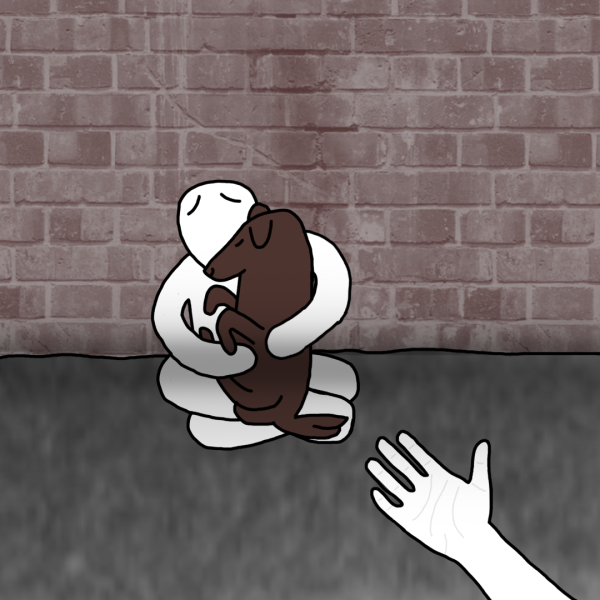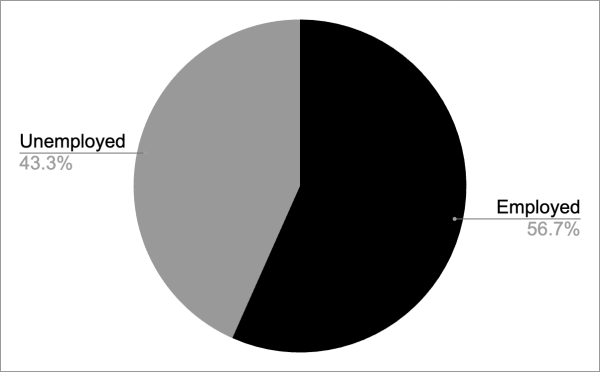China’s cherished children
Chinese government now allows two children instead of one
The Chinese government has raised the limit of children allowed per family from one to two, overruling a decades-old decision.
On Oct. 29, 2015, it was announced that China was changing their 30-year-old policy that said each couple was only allowed one child in an attempt to slow down the country’s overpopulation. Those against the original policy claimed that the Chinese people’s rights were being violated. This recent change has become necessary due to an aging population and workforce. These factors would result in China’s economy ultimately failing due to a lack of strong workers and consequently sinking all world markets’ success levels.
Communist Deng Xiaoping initially imposed the one-child rule to ensure that the benefits of China’s economic growth were not lost in the swelling population. The governmental leaders at the time thrived in the success of that demonstration of their power over the citizens’ lives. Sadly, many female infants were killed by their rural parents who needed a strong son but had to yield to that policy. This infanticide led to a lopsided ratio of men to women in the country’s present population.
China’s current president, Xi Jinping, followed his predecessor’s example and used this announcement to showcase and confirm his power in the midst of the country’s modern economic indiscretions. The eradication of this policy is hoped to build up the future labor force and take pressure off of the aging citizens. The decision to change the child limit policy was made at the Communist Party’s Central Committee’s fifth plenary session on Oct. 26-29. This was a four day meeting of the political coalition to set Chinese policies for the next five years.
While some experts are apprehensive of a baby boom, others say that effects will come over a longer period of time. In 2013, the Chinese government relaxed their one-child policy, but many couples still did not have a second child due to cost of raising that child and the competitive society into which they would be born. The China News Service released that an estimated tens of millions of couples could have a second child under this new rule. However, even under the updated policy many Chinese couples are deciding not to have a second child because it is too expensive or too much pressure.
In addition to the people’s reluctance, the enforcement of this policy may take weeks because each provincial government has to make their own unique changes as to how they will carry out the policy before it can be enforced. While having a second child for the good of the future economy might seem like an easy choice, many couples do not have the resources to raise a second child.
When the one-child policy had been in place for some time, officials began to impose harsh consequences on those who disobeyed it. Now that the change of policy has finally been made, demographers are saying that it is too late to make a considerable change in the population’s growth pattern. Yet for those who opposed the original policy for violating the rights of the people of China, this is seen as a great victory.












